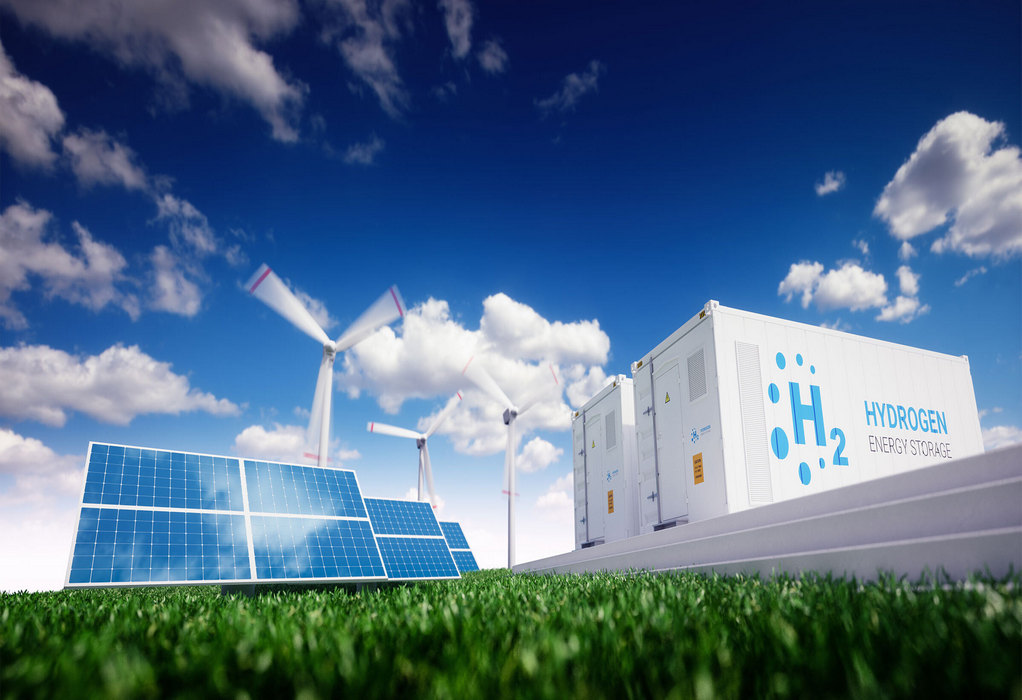Scientists from Nanyang Technological University have found a way to convert plastic waste into low-carbon hydrogen, which is considered a cleaner fuel than natural gas.
The discovery, which could power vehicles and contribute to the power grid in as soon as three years, comes as the Republic looks to adopt hydrogen as an alternative fuel, as it does not produce carbon dioxide (CO2) when burned.
To help Singapore bring down power-sector emissions to net zero by 2050, the Energy Market Authority’s Energy 2050 Committee report had also suggested developing infrastructure suitable for clean-burning hydrogen to be used as a fuel.
The latest UN Intergovernmental Panel on Climate Change (IPCC) report found that greenhouse gas emissions – such as CO2 – need to peak before 2025 and be reduced by 43 per cent by 2030 to limit the impacts of dangerous climate change.
This will allow the world to limit global warming to 1.5 deg C above pre-industrial levels – a key goal of the 2015 Paris Agreement. The world has already warmed by 1.1 deg C.
Plastic waste, which contains contaminated food packaging, styrofoam and plastic bags, can be challenging to recycle, meaning that they are currently incinerated or buried in landfills.
With 832 million kilograms of plastic waste generated in Singapore annually that cannot be recycled, NTU’s new method – a high temperature chemical process known as pyrolysis, can convert the waste into energy that can potentially power up to 1,000 five-room apartments for a year.
Associate Professor Grzegorz Lisak from NTU’s Nanyang Environment and Water Research Institute (Newri), who led the project, told reporters during a virtual media briefing on Wednesday (April 6) that the other by-product from the pyrolysis process would be a form of solid carbon, known as carbon nanotubes.
Carbon nanotubes have an array of uses, including sensors, semiconductors and energy conversion devices, such as hydrogen fuel cells.
Newri senior research fellow Andrei Veksha said the gas mixture from the pyrolysis process has about 78 per cent hydrogen concentration, 20 to 24 per cent of methane, and a small amount of CO2.
This can be used for powering gas turbines to generate electricity, or if a purer form of hydrogen is required, the gases can be separated using existing technologies in the market, he added.
For instance, hydrogen-powered vehicles require very pure hydrogen of more than 99.9 per cent, as the presence of contaminants could impact the performance of the fuel cell.
The remaining methane and CO2 gases can then be recycled and used to power the reactor for pyrolysis. The chemical reaction will also leave behind a small amount of char, which can be repurposed for other uses so that it does not end up at Semakau Landfill, said Dr Veksha.
Source: https://www.straitstimes.com/
Tags: Fuel, Hydrogen, Low Carbon, Natural Gas, NTU, Power Grid



Recent Posts
DP World and Asian Terminals Inc deploy first fleet of electric internal transfer vehicles in the Philippines
Lloyd’s Register Decarbonisation Hub Joins Mærsk Mc-Kinney Møller Center as Knowledge Partner
Wärtsilä engines selected to deliver reliable power for US data center
Japan’s First LNG-Powered Cruise Ship Begins Operations with Shore Power Capabilities
Amogy Secures Additional $23 Million to Advance Ammonia-to-Power Solutions and Expand in Asia
NEMO strengthens global role with official status from IMO and IAEA
Summit at SRM University – AP to Drive Dialogue on Green Hydrogen Innovation
Goltens Partners with Orcan Energy to Expand Marine Waste Heat Recovery Solutions